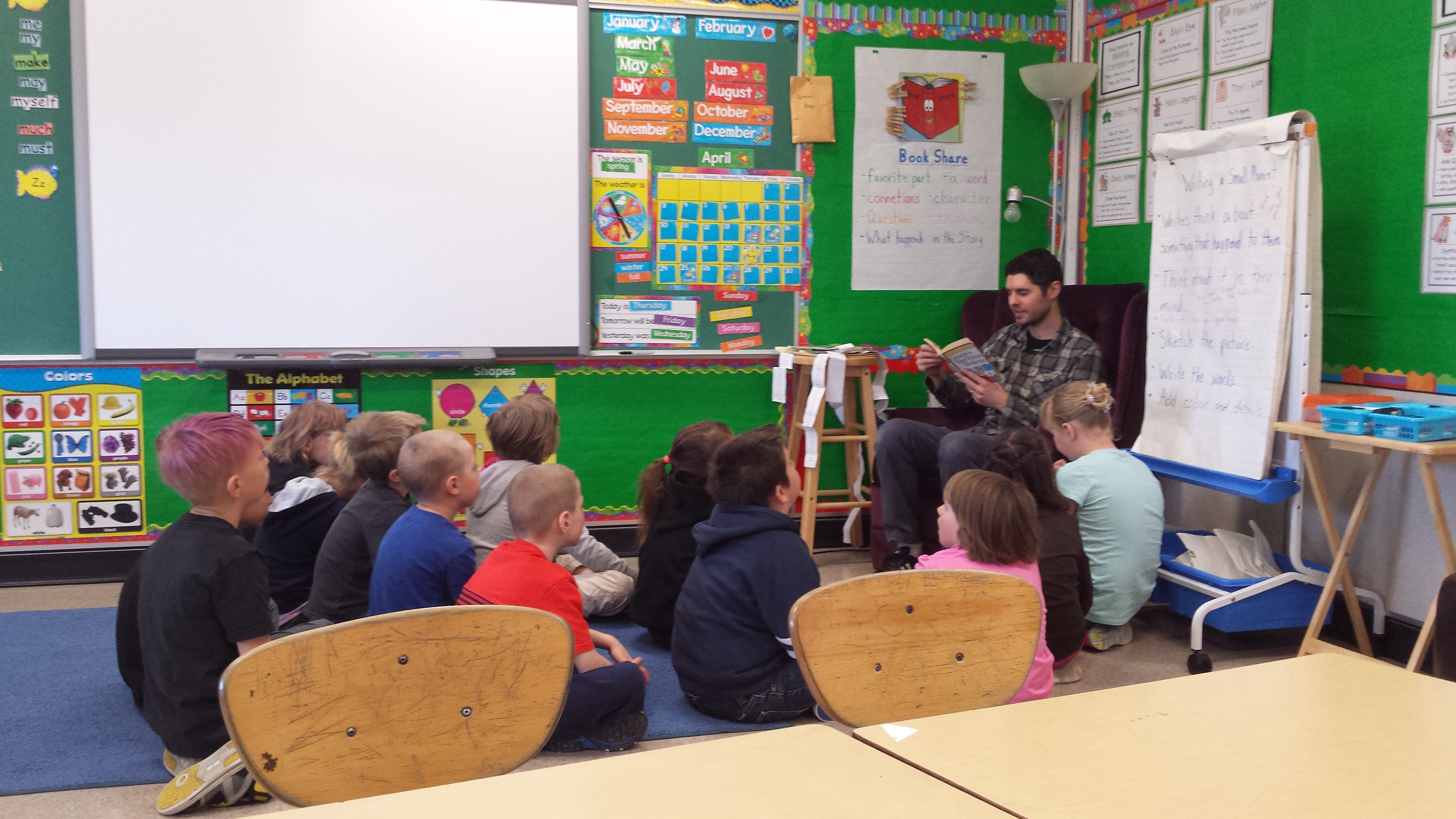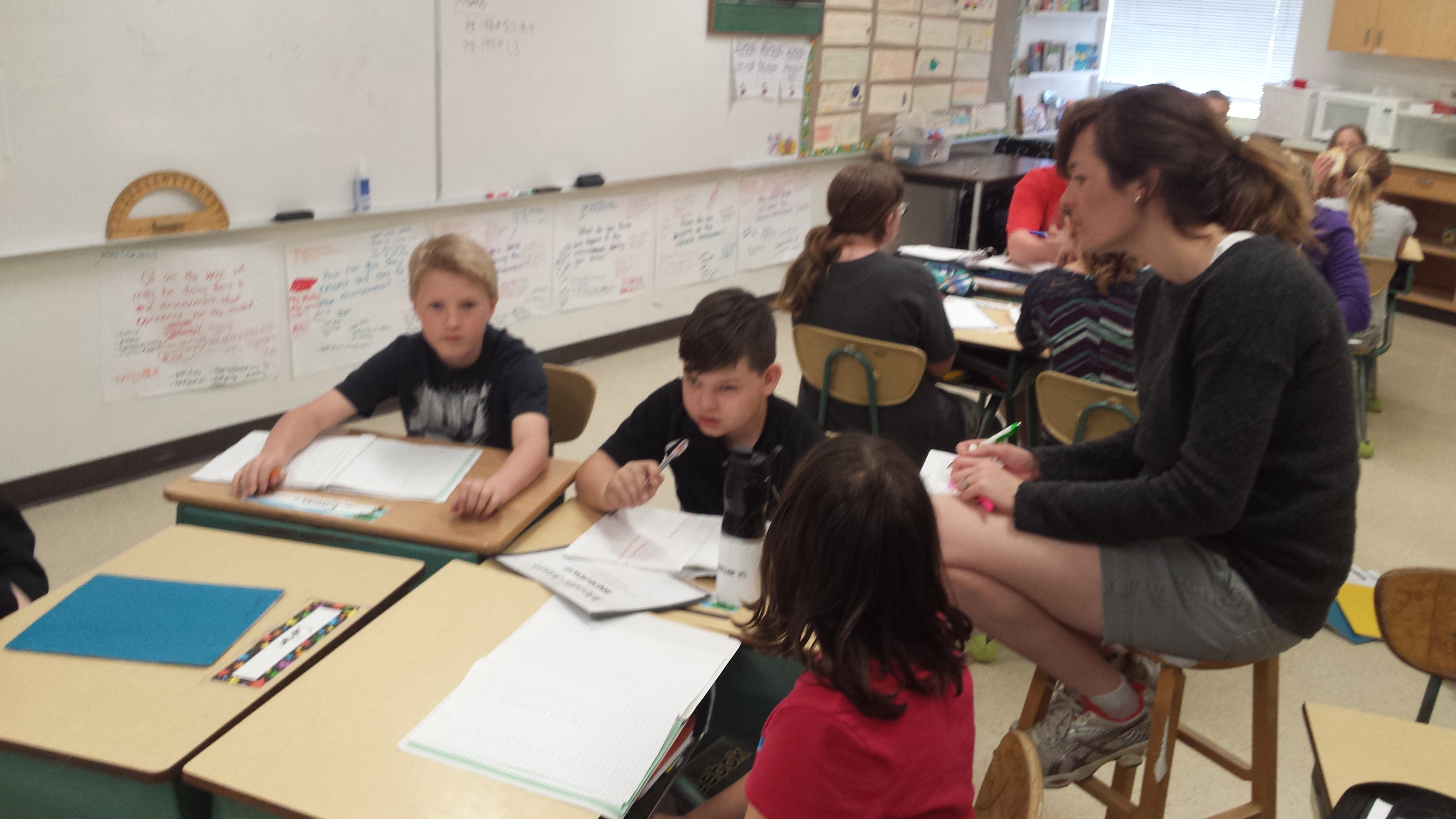
This past week at our monthly ALT meeting, we had the privilege of working for the morning with Cris Tovani (@ctovani) to discuss student and adult learning, engagement, and literacy. During our discussion on engagement the terms emotional engagement, behavioral engagement and cognitive engagement were introduced. We were asked to think about those terms, and we were asked to think about the statement, “I can label instructional practices that cause emotional, behavioral, and cognitive engagement in students“. As I thought about this I felt I was pretty adept at

labeling emotional and behavioral engagement, but really struggled at labeling cognitive engagement. Take a moment and think about how you identify these 3 types of engagment in your lessons. Are they all important? All equally important? If you were asked to provide evidence that student X was emotionally, behaviorally, and cognitively engaged in your lesson, what could you show? Learning link 1 is a blog titled, literacylabs.org and is co-authored by Cris Tovani and Samantha Bennett and contains some wonderful articles that provide a lot of food for thought.

The afternoon portion of our ALT meeting featured some side by side learning facilitated by some of the learning facilitators from our division. Jamie spoke to a group of about 12 administrators discussing her role as an LF, what she has learned this year, what some of the challenges have been, and what some of the successes have been. It was a powerful reminder that some of the deepest learning occurs when you sit beside your learners and have a conversation. As seen in the image, several conversations (and learning) continued after the “formal” part of the presentation was over. It made me wonder, do we give time for learners to discuss and reflect on what was presented, not only in our classrooms, but in things like staff meetings or professional development sessions? In learning link 2 the notion of establishing a culture of student voice is discussed and several strategies are shared. As you read, reflect on things you have done or want to try to illicit student voice in your classroom.

The final learning link is a classic video from Ken Robinson where he discusses student engagement. He talks about 3 critical factors we need to give our attention to for students to be successful. They are:
- People are naturally different and diverse and our education system needs to reflect this.
- People are naturally curious and that children are natural learners
- Human life is inherently creative
Looking at those three factors, ask yourself if you are creating an environment that allows naturally curious people the space and time to be creative in their own unique way? I really think we are doing this more than we realize, however it does not mean we can’t continue to shift our thinking and our practices.
Here’s what is coming up this week:
Monday:
- prep day
Tuesday:
- Day 4
- Jr. badminton team travels to Hague
Wednesday:
- Teen Aid presentations today
- Sr. badminton heads to Leask for round 1 of playoffs
Thursday:
- SRC Spirit Day: Wear your house team colors!
- Teen Aid presentations day 2
- Jr. badminton hosts Hague
Friday:
- Grade 5/6 floor hockey tournament in Warman
As always, create a great week!